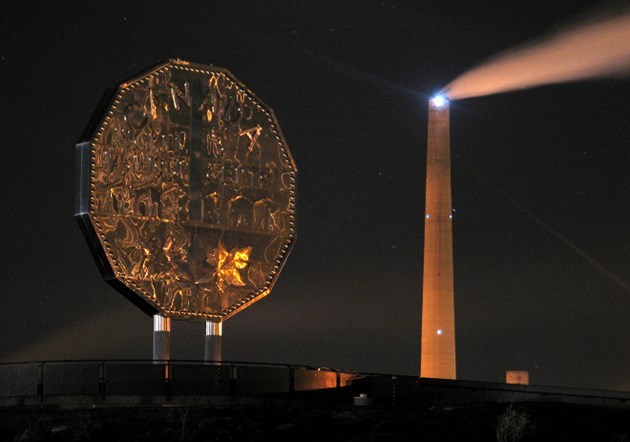The Canada Mining Innovation Council and the Centre for Excellence in Mining Innovation have submitted a joint letter of intent to the federal government’s Innovation Superclusters Initiative.
In a news release Friday, both groups said they were working on behalf of the mining industry to propose a clean resources supercluster called CLEER (clean, low-energy, effective, engaged and remediated).
“This CLEER supercluster will transform the mining sector’s productivity, performance, and competitiveness,” the release said. “This will be achieved by tackling global challenges of water, energy, and environmental footprint, with bold targets of 50 per cent reduction in each area by 2027.
“CLEER will engage the mining services and supply sector and anchor mining companies, accelerate collaborative innovation, stimulate investments exceeding $5 billion, with the objective of growing (small- and medium-sized businesses), improving industry productivity, initiating export pathways, and creating more than 100,000 jobs.”
Innovation, Science and Economic Development Minister Navdeep Bains, launched the application process in May. The 2017 federal budget made $950 million available over five years to support a small number of business-led innovation superclusters that have the greatest potential to accelerate economic growth. A response to the application is expected next month. If approved, it will go to the next stage of the process.
“If successful in the application process, this CLEER Supercluster will position Canada as a global leader in both clean resources and clean technology development, as well as in the responsible sourcing of metals,” the release said. “This is essential for clean growth, given that the Canadian mining sector is a key global provider of the raw materials used as inputs for the development of clean technologies, including for the clean energy transition (e.g. solar panels, battery electric vehicles, SMART grids, and wind turbines).
“In essence, clean resource development in Canada is indispensable to growth in clean tech and to the clean economy of the future.”
Douglas Morrison, president and CEO of the Centre for Excellence in Mining Innovation (CEMI), said the supercluster would is key for ensuring the long-term growth of mining in Canada.
“Canada needs to sustain its existing mines and open new mines by improving productivity and ROI,” Morrison is quoted as saying in the release. “We believe that CLEER Innovation Supercluster will position the Canadian Mining Industry as the global leader in accelerating the commercialization and adoption of step-change innovation nationally and internationally.”
The proposed supercluster is an industry-led consortium that includes of four existing clusters representing an eight companies, 12 post-secondary institutions, 42 small- and medium-sized businesses and 25 other support organizations.
To date, the initiative has attracted a total investment of $376 million of cash and in-kind contributions and is $185 million from the federal government.
“True innovation is about transformation and asking tough, uncomfortable questions.,” Carl Weatherell, executive director of the Canada Mining Innovation Council,” said in the release. “CLEER challenges the very notion of superclusters offering an innovative approach positioning the mining sector to take global leadership roles on three fronts.”
If approved, the supercluster would focus on:
-- Energy technologies: renewable energy generation and storage; mine electrification; battery-electric vehicles; ventilation; automation; sensors and sensor-based sorting; advanced comminution; and, standards and guidelines.
-- Water technologies: water conservation technologies; water treatment technology; and, water quality sensors.
-- Environmental footprint reduction technologies: mapping; land reclamation and remediation technology; and, sensors and sensor-based sorting.
-- SMART technologies: sensors; data analytics; pattern recognition; predictive analytics; high performance computing; artificial intelligence; and, mine digitization and digital communications.
For more information, go here.
